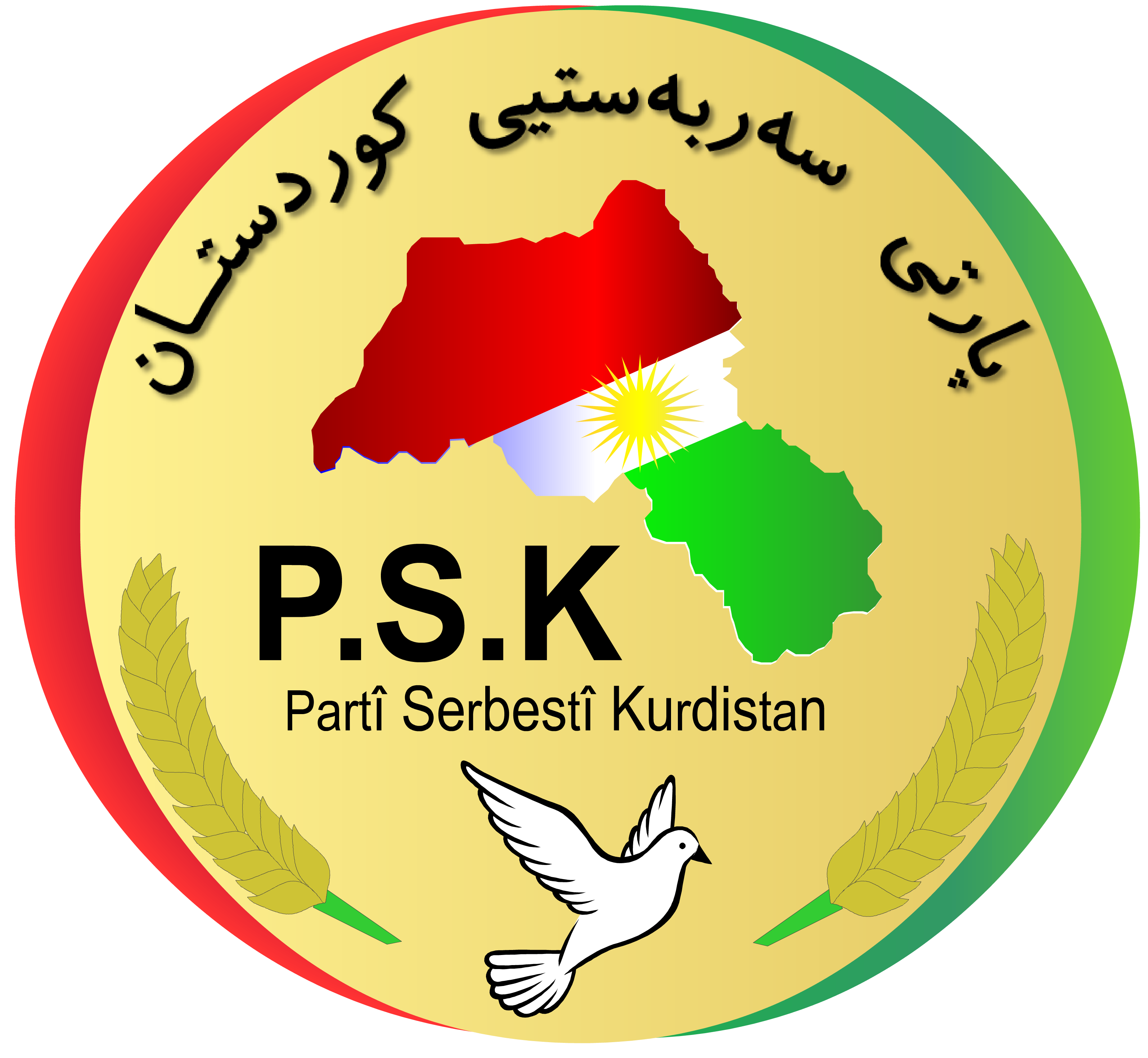Decoding Digital Gibberish: Essential Wewin Tips For Clear Text
Have you ever encountered web pages or documents filled with bizarre, unreadable characters like "Øø±ù ø§ùˆù„ ø§ù„ùø¨ø§ù‰" or "ø³ù„ø§ùšØ¯ø± ø¨ù…ù‚ø§ø³ 1.2â ù…øªø±"? This frustrating phenomenon, often referred to as "mojibake" or "digital gibberish," is a common problem for anyone dealing with multilingual content, especially Arabic or Urdu text, in databases or on websites. These aren't random symbols; they are actual characters that have been misinterpreted due to encoding issues. This comprehensive guide provides essential Wewin Tips to help you understand, diagnose, and permanently resolve these character display problems, ensuring your digital content is always clear and accurate.
In our increasingly interconnected world, digital platforms are expected to seamlessly handle a multitude of languages and scripts. Yet, beneath the surface of seemingly simple text lies a complex system of character encoding. When this system falters, the consequences can range from minor annoyances to significant data corruption and loss of trust. Understanding the root causes and implementing robust solutions is not just a technical necessity but a critical aspect of maintaining data integrity, user experience, and business credibility.
Table of Contents
- The Mystery of Garbled Text: What Are These "Symbols"?
- Why Your Text Becomes "Digital Soup": Common Causes
- The Real-World Impact: Why Correct Text Display Matters (YMYL & E-E-A-T)
- Essential Wewin Tips: Practical Solutions for Clear Text
- Preventing Future Encoding Headaches: Best Practices for Wewin Tips
- Beyond Text: Unicode for Symbols and Emojis
- Case Studies & Real-World Scenarios
- Expert Insights & Resources for Wewin Tips
The Mystery of Garbled Text: What Are These "Symbols"?
When you see text like "Øø±ù ø§ùˆù„ ø§ù„ùø¨ø§ù‰ ø§ù†ú¯ù„ùšø³ù‰" or "ø³ù„ø§ùšØ¯ø± ø¨ù…ù‚ø§ø³ 1.2â ù…øªø± ùšøªù…ùšø² بø§ù„ø³ù„ø§ø³Ø© ùˆø§ù„ù†ø¹ùˆù…Ù‡" on your screen, it's not a random corruption of data. Instead, it's a clear indication that the software displaying the text is interpreting it using a different character encoding than the one used to save or transmit it. Imagine speaking a sentence in English, but the listener tries to understand it using the rules of Spanish grammar; the sounds are there, but the meaning is lost, and the interpretation becomes nonsensical.
- Securely Connect Remote Iot Vpc Aws Raspberry Pi
- Evan Cohen Espn Wife
- Cierra Mist Leaks
- Can You Remotely Connect To A Raspberry Pi
- Sotwe If%C5%9Fa
At the heart of this issue are character sets and character encodings. A character set is a collection of characters that a computer can recognize and use (e.g., the Latin alphabet, Arabic script, Chinese characters). An encoding is a system that assigns a unique numerical code to each character in a character set, allowing computers to store and transmit text as sequences of bytes. Historically, various encodings existed, like ASCII (for basic English characters), ISO-8859-1 (for Western European languages), and many others for different regions. The problem arises when a piece of software expects one encoding (say, ISO-8859-1) but receives data encoded in another (like UTF-8).
For instance, the phrase "سلايدر بمقاس 1.2 متر يتميز بالسلاسة والنعومة" (meaning "Slider with a size of 1.2 meters, characterized by smoothness and softness") from your data, when incorrectly displayed, becomes "ø³ù„ø§ùšØ¯ø± ø¨ù…ù‚ø§ø³ 1.2â ù…øªø± ùšøªù…ùšø² بø§ù„ø³ù„ø§ø³Ø© ùˆø§ù„ù†ø¹ùˆù…Ù‡". This transformation happens because the bytes representing the Arabic characters in UTF-8 are being misinterpreted as different characters in a single-byte encoding like Latin-1 or Windows-1252. The characters you see are valid characters within that incorrect encoding, but they bear no resemblance to the original intended text. This is why understanding and implementing the correct Wewin Tips for encoding is paramount.
Why Your Text Becomes "Digital Soup": Common Causes
The journey of text from a user's input to its display on a screen involves multiple layers, and a mismatch in character encoding at any point can lead to the dreaded "digital soup." Here are the most common culprits:
- Yourfavmelons
- John Hurt
- How To Access Your Raspberry Pi Remotely
- G%C3%BCnahkar Television Show
- Wisconsin Volleyball Team Leak
Database Encoding Mismatches
Databases are central repositories for much of the world's digital information. If text is stored with one encoding and retrieved with another, or if the database, table, and column character sets aren't consistently configured, you'll see garbled text. The problem statement "This symbols come from database and should be in arabic words" is a classic example. This often happens in:
- Legacy Systems: Older databases might default to encodings like Latin-1 or `utf8` (which is often a limited version of UTF-8 in some databases like MySQL, only supporting up to 3 bytes per character, thus failing for 4-byte characters like many emojis).
- Migrations: When moving data between different database systems or versions, encoding settings can be overlooked, leading to corruption.
- Application Interaction: If the application connecting to the database doesn't specify the correct character set for the connection, data can be written or read incorrectly, even if the database itself is correctly configured.
Web Page Encoding Issues (HTML & HTTP Headers)
Web browsers need to know how to interpret the bytes they receive to display text correctly. If this information is missing or incorrect, mojibake occurs. The user's query "but when i use an html document with <." suggests a web display issue. Common scenarios include:
- Missing or Incorrect Meta Tag: The HTML document should contain a `` tag within the `` section. If this is missing or specifies the wrong encoding, the browser might guess incorrectly, leading to garbled text.
- Incorrect HTTP Content-Type Header: Web servers send an HTTP `Content-Type` header (e.g., `Content-Type: text/html; charset=UTF-8`) that tells the browser the encoding of the page. If the server sends the wrong charset, it overrides the meta tag, causing display issues.
- Mixed Encodings: Parts of a page (e.g., dynamic content from a database, static HTML, included CSS/JS files) might be in different encodings, leading to partial corruption.
File Encoding Discrepancies
Text files themselves can be saved with different encodings. The "I have arabic text (.sql pure text)" scenario points to this. When you open a file saved in UTF-8 with a text editor that defaults to, say, Windows-1252, you'll see mojibake. This is particularly relevant for:
- Source Code Files: If your application's source code contains non-ASCII characters (e.g., in string literals or comments), and the file is saved with an encoding different from what the compiler/interpreter expects, it can lead to errors or incorrect display at runtime.
- Configuration Files: Similar to source code, configuration files containing text in various languages can suffer from encoding issues if not handled carefully.
- Data Imports/Exports: When importing data from a CSV or exporting an SQL dump, the file's encoding must match the system's expectations.
Application-Level Misconfigurations
The programming language or framework your application uses also plays a crucial role. Modern languages generally handle Unicode well, but older versions or specific configurations can cause problems:
- Language Defaults: Some older language versions (e.g., Python 2) had different default string handling compared to newer versions (Python 3, which is Unicode-native).
- Library/Framework Settings: Database connectors, templating engines, and other libraries might have their own encoding settings that need to be explicitly configured to match the rest of your system.
- Input/Output Streams: When reading from user input, files, or network streams, and writing to output, the application must correctly encode/decode the bytes to/from internal string representations.
The Real-World Impact: Why Correct Text Display Matters (YMYL & E-E-A-T)
The appearance of garbled text might seem like a minor technical glitch, but its implications can be profound, touching upon critical aspects of Your Money or Your Life (YMYL) and establishing Expertise, Authoritativeness, and Trustworthiness (E-E-A-T). For businesses, organizations, and even individuals, these "Wewin Tips" are not just about aesthetics; they are about fundamental operational integrity and public perception.
Data Integrity and Accuracy: At its core, mojibake represents data corruption. When "Øø±ù ø§ùˆù„ ø§ù„ùø¨ø§ù‰" appears instead of meaningful Arabic text, the original information is lost or severely distorted. In contexts where accuracy is
- Telegram Somali
- Lussy Berry Real Name
- Anissa Kate
- Jayshree Web Series
- Securely Connect Remote Iot Vpc Raspberry Pi Aws

Islamabad Nursery Farm

پارتی سهربهستیی کوردستان

Pin on Kenan Imirzalioglu | Historical figures, Historical, Fictional